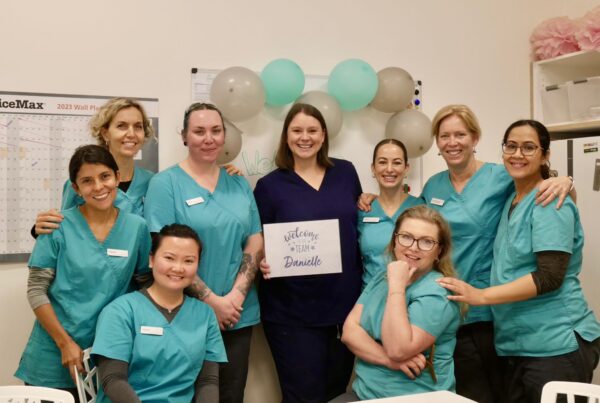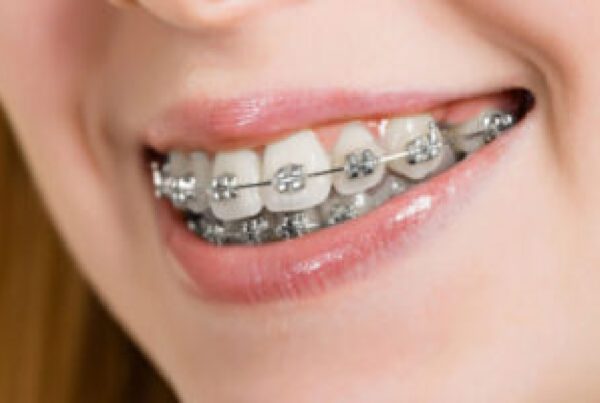These days, a growing number of adults wish to improve their teeth later in life. There could be a couple of reasons for this: orthodontics is more affordable and available than it once was, and baby boomers feel younger and want a look to match. One thing most adults are not too keen on, though, is visible braces
Yes, wearing braces can feel like being transported back to school. When you’re a teenager, they are a ‘badge of honour’ — a rite of passage. As an adult, though, they’re not so cool. After all, in the ‘grown-up’ world, we are, unfortunately, judged on our appearance. Looks are important — which, of course, is why you might be considering braces in the first place.
Well, we have some good news for you: If you want to get braces, there are less obtrusive options available, including lingual braces.
Lingual braces
Most dental braces fit on the outside of a patient’s teeth and are difficult to hide. Lingual braces, however, sit on the inside and are almost invisible, which makes them ideal for image-conscious adults.
Unfortunately, as many orthodontists are reluctant to fit lingual braces, they are not readily available. You see, compared to other types of braces, there is a bunch of stuff (like there being a smaller arc to work on) that makes fitting and maintaining lingual braces more mechanically tricky.
Anyway, in recent times — thanks to Alla, an old hand in the art, joining the team — Turner Lim has become more involved in lingual orthodontics.
Like many things in life, though, with lingual braces, as well as pros, there are a couple of cons to be aware of:
- Mind your tongue. Because the braces are on the inside, they can affect tongue movement and take a bit of getting used to.
- Your budget. Lingual braces are a premium product and, therefore, cost between 30% to 50% more than standard options.
Other discrete dental braces
Apart from lingual braces, there are two alternative non-obtrusive types to consider.
- Invisalign®: With this system, there are no restrictions on what you can eat and drink. It consists of almost invisible computer simulation-generated templates (aligners), which are changed every 1 to 2 weeks. Your orthodontist will provide a new set at each check-up appointment (usually 8 to 10 weeks). For Invisalign®, the length of time between appointments is longer than many other treatments, which makes it easier to balance other commitments. Invisalign® isn’t effective for some bite issues — although advancements mean the bites types it isn’t suitable for continue to become fewer. In fact, for some bites, Invisalign® is the best option. For tricky work, and to make treatment as efficient, smooth and attractive as possible, we may first use a combination of fixed braces on the back teeth and Invisalign® on the front — there are so many options.”
- Ceramic braces: Like standard types, ceramic braces have a small gate to hold an archwire in place and are not susceptible to the elastic ring changing colour with your latte or curry. Due to being made of a translucent material — some even come with tooth-coloured wires — ceramic braces are less visible than standard metal braces and even Invisalign®.
Read more about the different types of braces we offer.
We understand that aesthetics are particularly important for our adult patients, which is why we don’t charge adult patients extra for ceramic or Invisalign® braces. Also, with all ceramic and lingual treatments, we routinely use SureSmile on adults to achieve optimum results and treatment times.
So, there you have it: If you’re worried about what braces will look like, there are options available.
If you enjoyed this post, please share.


